Occupational Therapy
Therapy Bikes: An Interview with Carly Messner, OTR/L
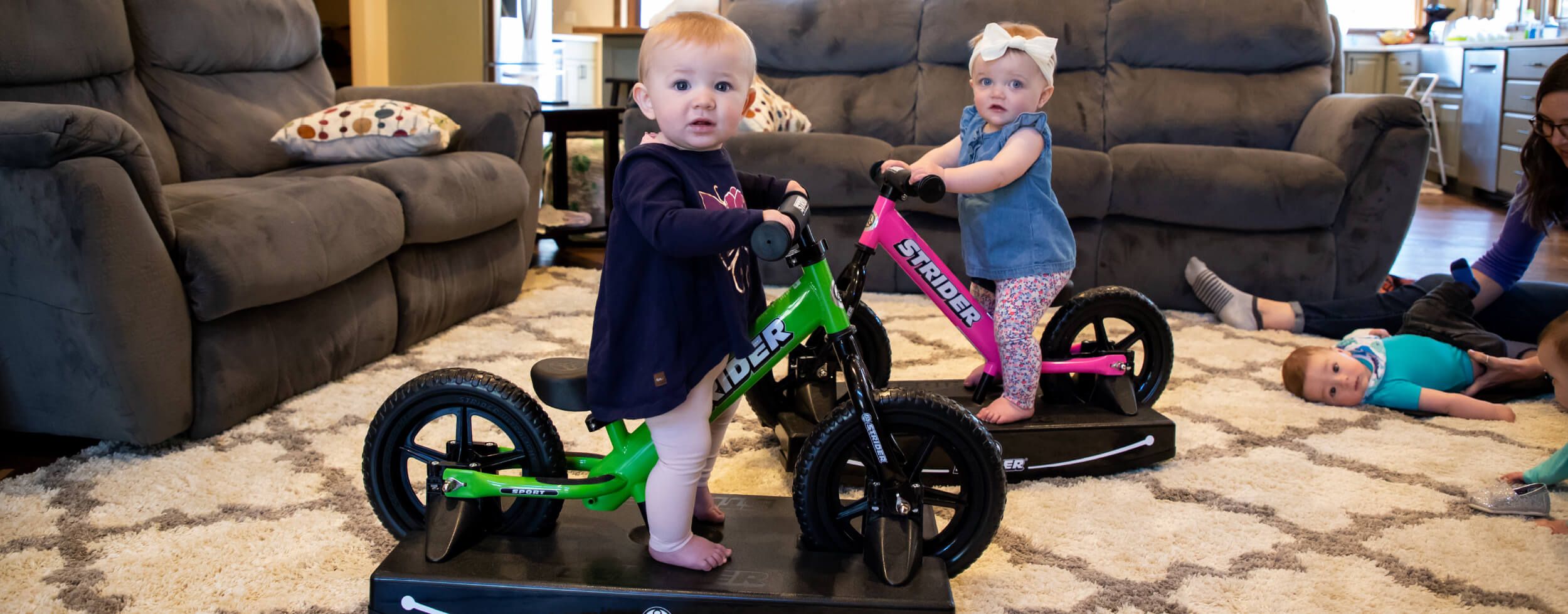
Even on a cold, snowy day at the end of May, Carly Messner smiles wide, especially when she talks about her job as a Pediatric Occupational Therapist. She has worked in the field for ten years and still has a hard time explaining to others exactly what it is she does. “Occupational Therapy is super broad; that’s why I love it. It’s very holistic,” she says. “In short, Occupational Therapy is helping people reach their potential.”
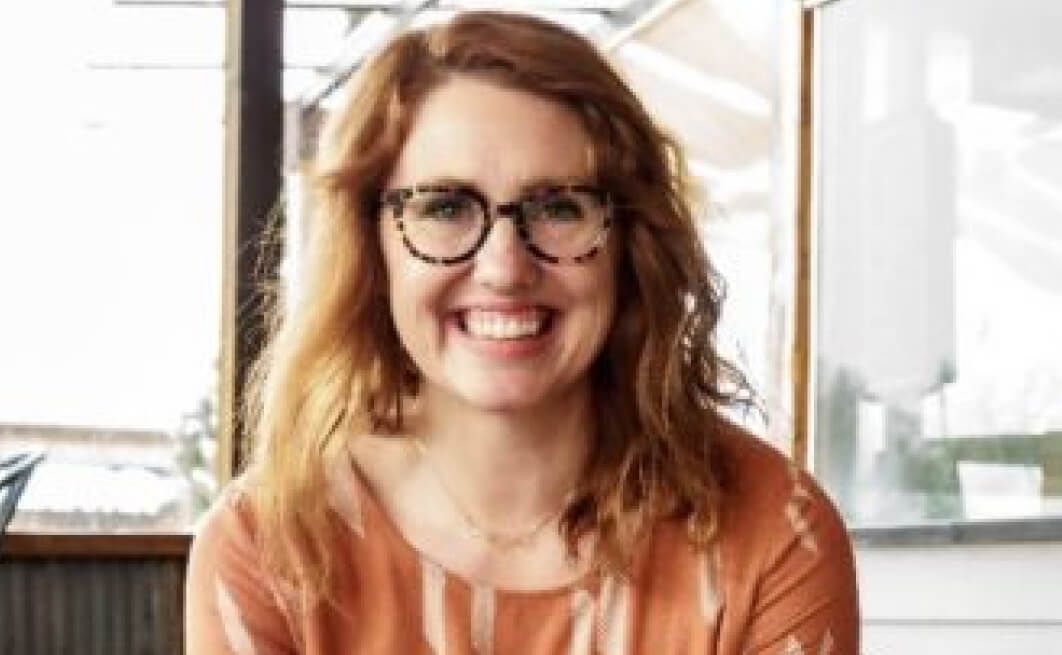
“I meet that child where they’re at, find out where they’re struggling, and help them achieve their goal.”
Perhaps a child is struggling with making friends, unable to sit in the classroom and get their work done, or having trouble reaching a new milestone. Carly considers all aspects of that child’s wellness. “There are aspects of physical exercise, mental health, general health and wellness, and even socioeconomic factors that play into a child’s situation,” Messner explains. “I meet that child where they’re at, find out where they’re struggling, and help them achieve their goal.”
In college, Carly got into healthcare and worked as a Certified Nurse Aide in a nursing home. A Physical Therapist would visit regularly, and she would watch how he worked with the clients. She could tell he loved his job, and the clients loved seeing him. Carly was inspired to enroll in physical therapy classes, and after a while, found that the work seemed very narrow for her broad interests. “I loved aspects of both nursing and physical therapy, but I had so many other interests like art and music,” she says.
That’s when someone suggested Occupational Therapy. “It’s a really cool helping profession because it can be used with so many modalities. There are amazing therapists who work very specifically with people from a medical model. Then, there’s someone like me who incorporates yoga, aromatherapy, and works closely with families,” Carly pauses, then adds, “I’ll never get bored in this field.”
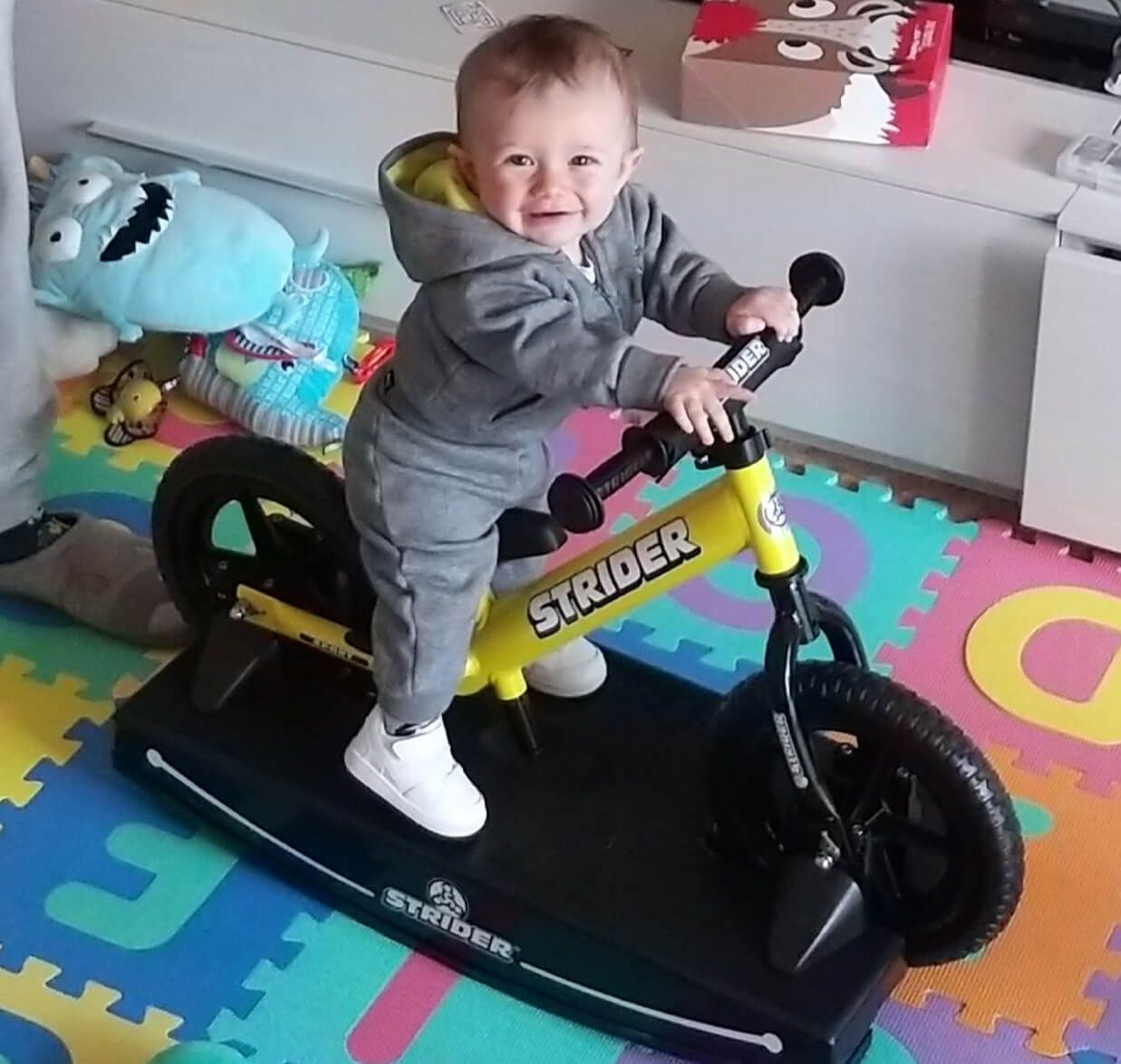
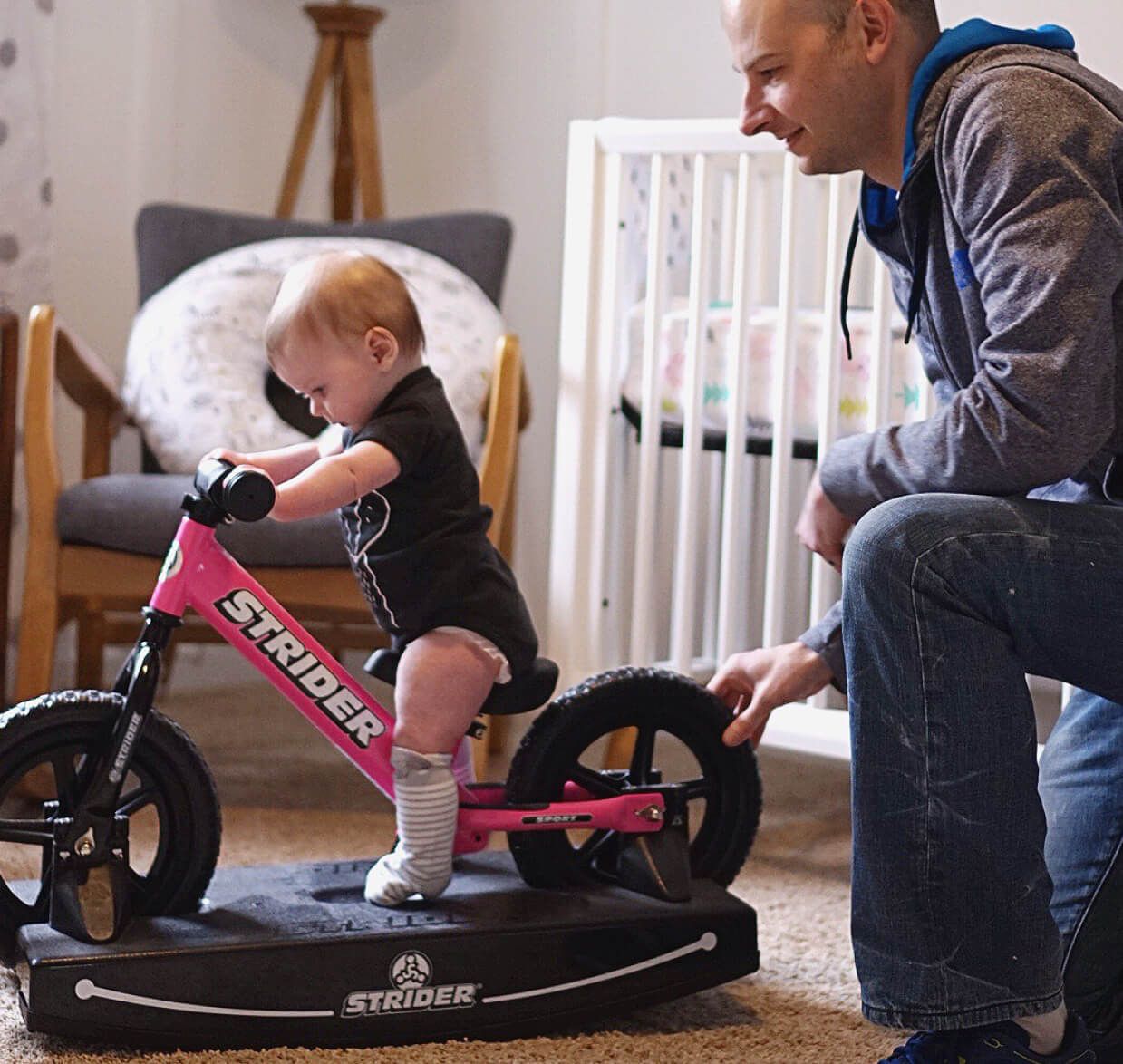
These days, Carly has been integrating Strider Bikes and, for infants, Strider’s Baby Bundle into the wide range of toys and activities she uses in her work. Many of her clients are part of South Dakota’s Birth to Three Program who are experiencing delays in developmental milestones, such as learning to feed themselves. Many of these fundamental skills in children are dependent on their core strength and trunk stability. “The Strider Baby Bundle is really nice because you can start them as soon as six months, wherever they’re at, and get them comfortable with a familiar tool they will grow with,” Carly says.
Sessions with infants usually last about forty-five minutes. Carly sets up the Strider Baby Bundle and uses the stable base to work with the child on weight shifting and trunk control to get on the bike. Guardians are asked to get involved by sitting in front of their child, gently rocking the base, and making eye contact. When the rocking stops, the baby usually signals they want more, and Carly loves to see giggles and engagement between the two. “It’s a fun, easy, accessible thing for mom and baby to do,” Messner says, all while working towards their developmental goals.
One of the biggest benefits of using a Strider Balance Bike as a tool for developmental milestones, versus other toys and activities, is its inherent motivation for getting families outside together.
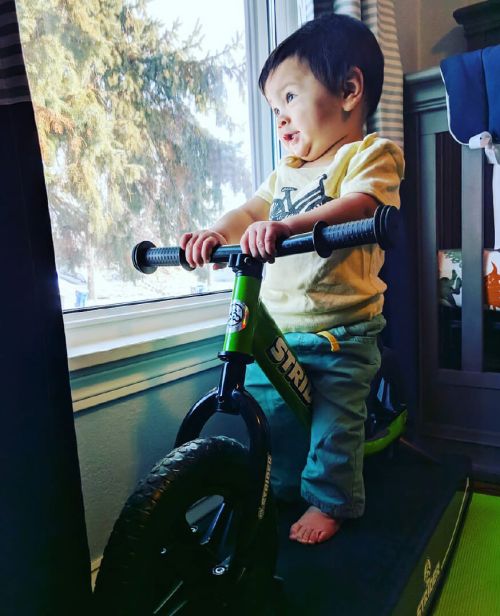
In the last decade, core strength in children has been on the decline. Infants are spending more time in car seats and bouncers. Toddlers are spending more time on screens. Children are spending less time playing outside. Since core strength is a fundamental building block for higher-level skills, the effect of its decline has rippled through schools and can manifest as difficulty with handwriting, being fidgety in class, and poor coordination. Usually, these problems are not linked back to deficient core strength, so treatment is often ineffective. The key is early intervention. The Strider Baby Bundle helps Carly do this by putting infants in a functional position to build strength. Once they get onto the bike, babies then have to engage core strength to rock back and forth. Their hips, knees, and ankles are in a flex position which helps build the strength of stabilizer muscles. This strength helps infants sit up, which will contribute to their ability, eventually, to sit up for longer periods in grade school and are vital for daily living activities.
Starting younger children on the Strider Baby Bundle has helped Carly transition kids to a 12” Strider Bike to continue working on balance, coordination, and core strength as they grow. One of the biggest benefits of using a Strider Balance Bike as a tool for developmental milestones, versus other toys and activities, is its inherent motivation for getting families outside together. When she shows up with a Strider Bike, kids are excited about getting out, and it usually draws families out to watch what their child is doing and accomplishing. To Carly, family engagement is vital to the success of children meeting their goals. She loves how Strider Bikes naturally do that without her having to push or convince them. “It doesn’t really matter the condition of the lawn or yard. Kids can ride in small spaces. We can get them out on a deck or even do it in an apartment. The kids have so much fun, and their caregivers are very proud,” Messner says.
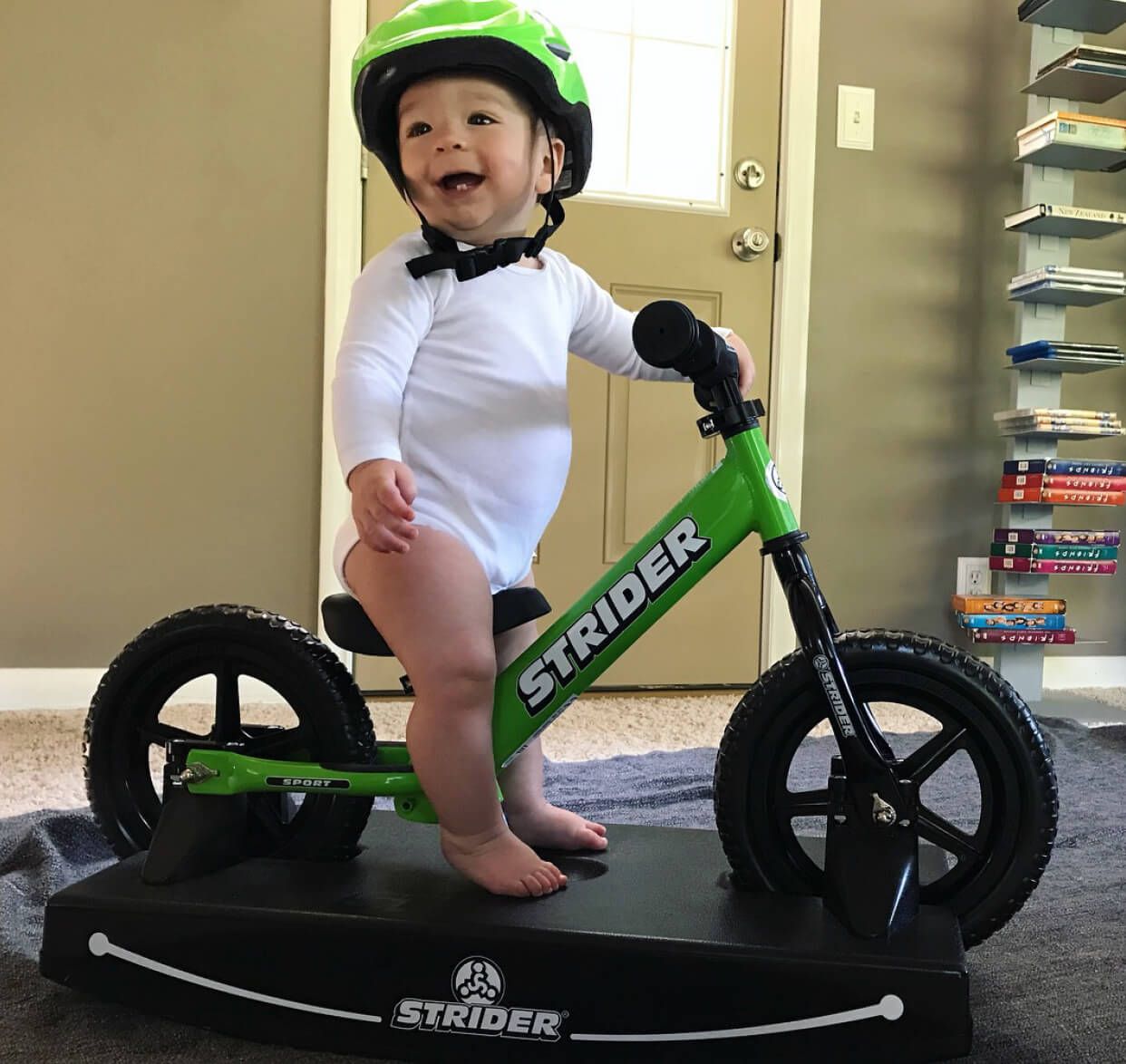

Carly reflects on a particularly nice day she decided to bring the Strider Bike for a child she was working with. She pulled into the parking lot of the apartment complex where he lived and grabbed the Strider out of her trunk. There was immediate excitement! Several of the child’s family members lived in this complex, so he jumped on the Strider and visited each family member, one at a time. Coincidentally, the family was gathered together on the balcony to watch and wave. These are big and important moments. As Carly puts it, “it was so cool!”
Strider Bikes were also instrumental when Carly worked in outpatient pediatric clinics. Many of her clients with autism or sensory issues had trouble transitioning from one thing to the next. Carly would make sure to give plenty of verbal cues and warnings when sessions were about to end, in hopes this would help with transitioning. It usually didn’t work. Her clients would have meltdowns, and it would be difficult to get them out of her office and into their car to go home.
Carly decided to bring a Strider Bike and leave it by the door. Instead of making broad statements like, “it’s almost time to go home,” she would say, “it’s almost time to get on the bike.” The kids, then, began to look forward to getting on the bike and riding out the door. “That made all the difference in the world,” Messner stated.
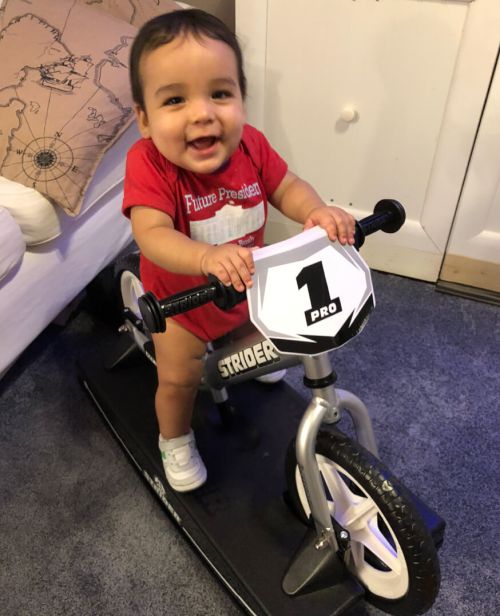
These are big and important moments. As Carly puts it, “it was so cool!”
It’s not all sunshine and rainbows. Carly deals with a lot of meltdowns and witnesses a lot of struggles. She has hard days, but she loves her job. “My job is super rewarding. I don’t just feel good about it now and then, I consistently feel like I am making a difference,” she says, and laughs a little at how cheesy that may sound. Creating positive connections with parents and their children – getting to know their family, their struggles, and their achievements – is part of what gets Carly out of bed to keep making a positive impact.